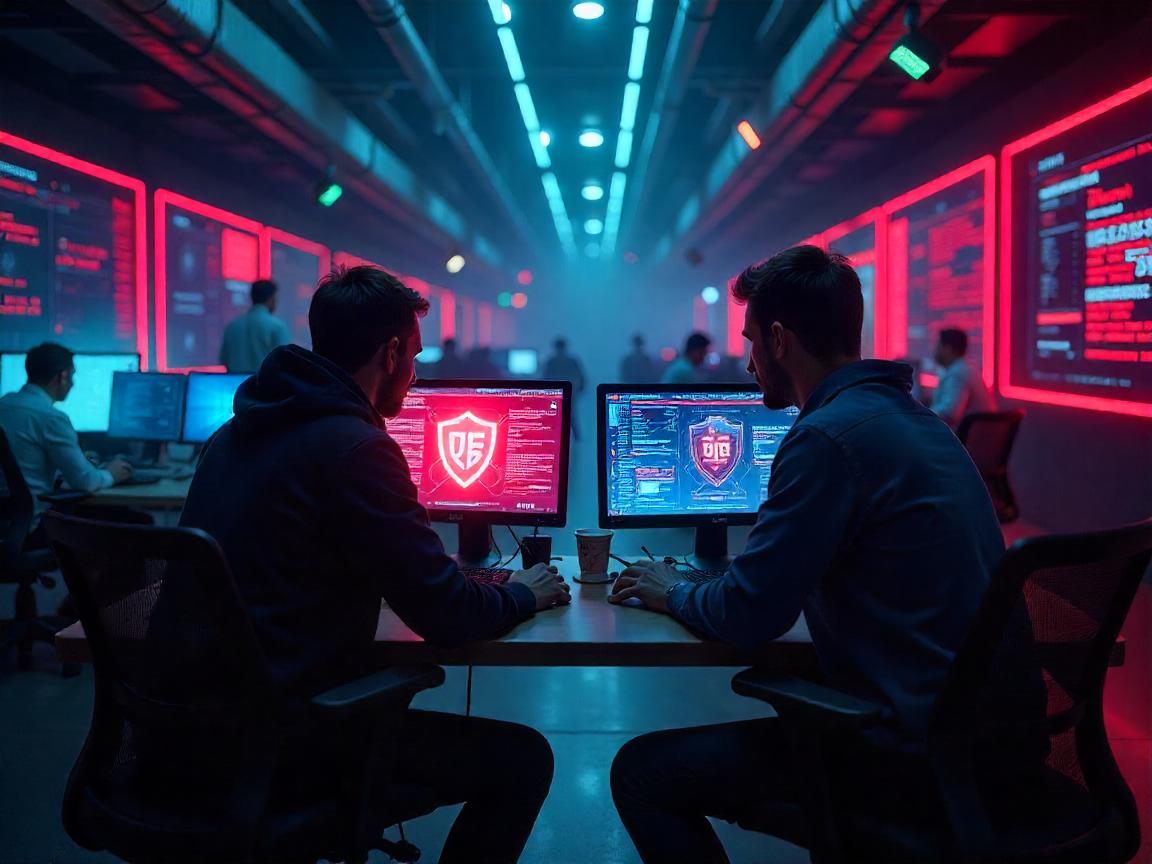
The Rapid Development of AI for Security
Artificial intelligence brings both benefits and problems to people living in a digital world. It makes cybersecurity stronger, but at the same time it enables cybercriminals to conduct more harmful and advanced attacks. Because of this, there is a sharp competition in cybersecurity, as both defense and attack sides are trying to benefit from AI.
Phishing attacks, fake video messages and malware that responds to various environments are all possible due to AI in cybercrime. At the same time, organizations are turning to AI to identify suspicious activity and stop attacks as soon as they start. Experts wonder if defenders will have the tools and skills to meet the rapid evolving of attacks.
The Rise of AI-Powered Cyber Threats
AI plays a bigger role in cyberattacks now, quickly altering the way these attacks occur. Robust AI makes it possible for attackers to impersonate trusted people and write messages that are easy for employees to fall for. Today, most attackers use deepfakes to easily make false videos and audio that make popular figures appear real.
AI can be used to build malware that adapts as it runs, making it much more difficult for usual security software to handle it. As hackers use AI more, professionals in cybersecurity need to find new solutions and evolve quickly.
Defensive AI: Countering AI with AI
To defend against hackers, people in cybersecurity are now using AI. Powered by AI such systems can observe the company’s digital setting and discover problems that may indicate an attack. They continuously monitor and improve to defend against fresh dangers.
Using AI in security means that attacks are kept under control much faster. They give valuable advice that security teams use to anticipate possible dangers. It involves constant analysis and attention because each move makes a big difference.
The Challenge of AI-Generated Code and Automation
But Generative AI can be both beneficial and harmful at the same time. It helps developers write code simpler and construct secure systems in less time. If hackers use it in the wrong way, it can develop dangerous code that can avoid most security measures.
Suppose that a piece of malware can alter its code instantly, so it slips past standard antivirus security. Security teams are making huge efforts to create detection systems that can detect threats outside of known signature lists and understand how attackers plan.
Setting Boundaries: Regulation and Responsibility
More powerful AI means concerns over ethics and regulation begin to gain importance. Officials and experts are discussing how to decide on boundaries for AI use in cybersecurity. The objective is to boost innovations and protect against possible misuses.
Organizations are introducing their teams to how to use AI safely and securely. By creating a strong culture of digital safety, they want to prevent attacks that often use new tactics.
Voices from the Front Lines
Experts in cybersecurity believe that using human judgment along with AI is very important. A leading figure from the industry shares: “Taking action early helps us avoid setbacks.” We should prepare, block and adjust ourselves all the time.”
Firms are spending on employee training to enhance the human aspect of protecting their systems. Always-prepared employees who know how to spot risks are the key defense against sophisticated attacks from AI.
Embracing the Paradox: Human and AI Collaboration
The main struggle in AI is that it is both the source of many dangers and the answer to many issues. Human experience and AI’s analytics have to work side-by-side in this process.
Cybersecurity depends on the cooperation between individuals, organizations and governments. When we use AI and add human insight, we can deal with the challenges and help create a more secure internet. Both the tough parts and the chances are truly present.